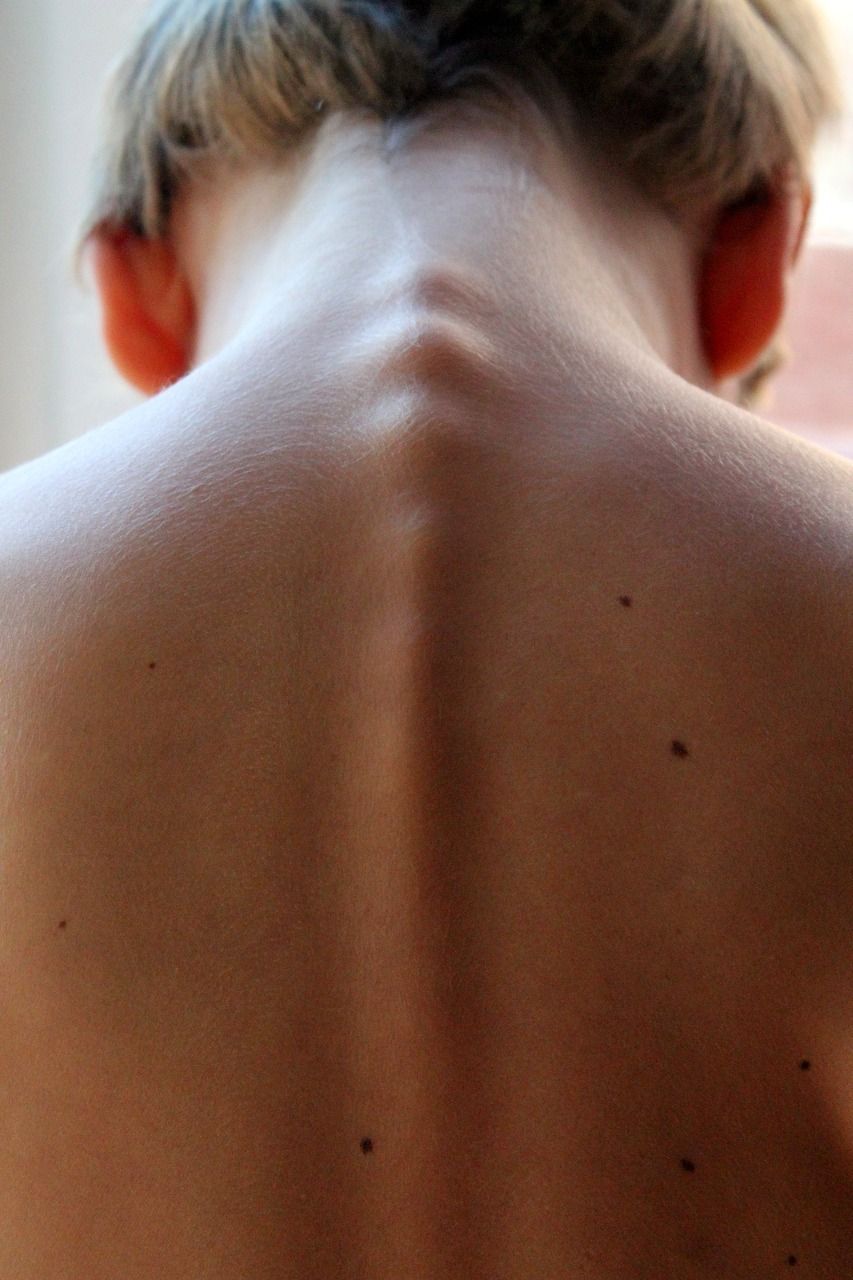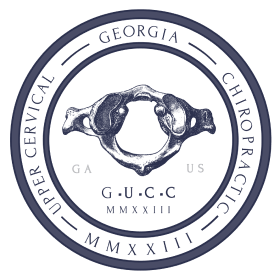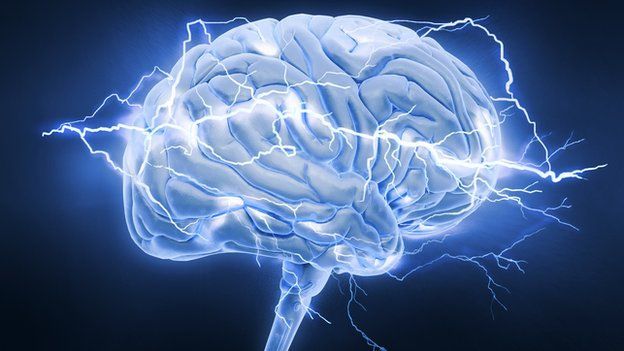What is a Cervical Rib?
A cervical rib is a congenital abnormality in the form of an extra rib that grows out of your cervical spine. Also called a supernumerary rib, it serves no purpose or function. Many people may never even find out that they have a cervical rib.
Is a cervical rib dangerous? A cervical rib is not dangerous for most people. In some cases, however, it can cause a variety of neurological and vascular symptoms. Those symptoms occur when the cervical rib puts pressure on the surrounding nerves and blood vessels.
Structure
To better understand the cervical rib and its impact, we need to dig a little bit deeper into the structures that allow that extra rib to form.
The typical body has 12 pairs of ribs, each with a unique purpose to the integrity of the skeleton. Your first rib is a tightly-curved attachment point for your scalene muscles. These muscles allow for maximum mobility in your neck.
A cervical rib grows above that first rib, typically just above your collarbone, on either side of the neck. It’s attached by a thin, fibrous band near the anterior scalene muscles. Growths on both sides for the neck are bilateral cervical ribs.
This is where your seventh cervical vertebra, or C7, begins. (If you’re not sure where your C7 is, bend your neck slightly. That protruding bone at the base of your neck is your C7.)
The rib can vary in size and shape, making it even more difficult to detect. Variants of the cervical rib can also attach elsewhere along the cervical vertebrae, but it’s most commonly near that C7.
Your body already has bony projections on either side of your vertebrae. These are your transverse processes. They serve as important attachment sites for the ligaments and muscles of your spine.
A cervical rib is essentially an extra bone growth. If it’s large or growing awkwardly enough to cause overcrowding, it can cause uncomfortable symptoms.
Symptoms
The presence of a cervical rib won’t cause symptoms in the vast majority of people who have it. When it starts putting pressure on your blood vessels and arteries, it can cause the following:
- Neck pain or radiating pain down the affected side
- Impaired neck mobility
- Fatigue or atrophy in the affected side
- A pins and needles sensation on the affected side
- Weakness or numbness in the upper limbs
- Swelling on the left side or right side of the neck
In more serious cases, patients experience a whole host of additional symptoms and neurological concerns. That may include facial pain, vision or hearing problems, and dizziness, not unlike symptoms of cervical vertigo .
Associated Conditions
Problems that arise because of a cervical rib are often grouped together as “cervical rib syndrome,” but there are a few additional conditions that come up due to this abnormality. The most common is thoracic outlet syndrome (TOS) .
TOS is a group of disorders caused by nerve compression in the thoracic outlet. People born with a cervical rib are at higher risk for these disorders. The most common type is neurogenic thoracic outlet syndrome (NTOS), which causes compression of the brachial plexus in the upper chest.
More rare incidence types of TOS include arterial thoracic outlet syndrome (ATOS) and venous thoracic outlet syndrome (VTOS). These are often grouped together under the umbrella of vascular thoracic outlet syndrome.
- ATOS is caused by compression of the subclavian artery, which can cause aneurysms if left untreated.
- VTOS, also known as effort subclavian vein thrombosis, occurs when one or more subclavian veins are compressed.
A cervical rib can also cause brachial plexopathy, a type of peripheral neuropathy, or nerve damage. The condition is more common in the immuno-compromised, including patients receiving radiation treatments for cancerous tumors.
Diagnosis
The cervical rib can be difficult to diagnose. It can be hard to spot on radiographs, especially if it’s very small. Doctors often come across the rib by chance following other trauma or bone breaks in the area, such as a clavicle injury.
It’s very rare to break the cervical rib itself, although studies have looked at fractures as a result of heavy backpack use.
That difficulty to diagnose also makes it difficult to know exactly how prevalent it is.
Most common wisdom is that less than 1 percent of the population is born with a cervical rib. Some studies suggest that number is underreported, in part because the cervical rib is difficult to see on imaging scans.
If patients present with symptoms, doctors may order a series of radiology scans to get visual confirmation of the extra rib. That includes X-rays, MRIs, CT scans, or a combination of the tests.
Additional specialized testing may include:
- Physical movement tests: Your doctor may lead you through a series of movements meant to provoke symptoms of the cervical rib. The Adson’s test, for example, evaluates a patient’s radial pulse, although this test’s reliability is mixed.
- Nerve conduction studies: These neurovascular tests monitor your muscle response to electrical prompts.
- Venograms: Useful with suspected VTOS, a venogram can show where there is any occlusion (blockages) or stenosis (narrowing) in the blood vessels.
Treatment
What is the treatment for cervical rib? The treatment for cervical rib depends on the problems it causes. For many, a cervical rib causes no problems at all. In mild cases, physical therapy, physiotherapy, or chiropractic care can relieve tightness and associated pain and improve mobility in your neck.
Your healthcare provider may also propose exercises that improve your overall posture, as symptoms arise due to poor posture in some patients.
These exercises often come in combination with medication management for pain-related symptoms. It’s always important to get to the root cause of your discomfort before starting any pain treatment regimen.
In more serious cases, your doctor may recommend surgical options to remove the supernumerary rib or reduce the pressure on the nerve roots and blood vessels.
Do cervical ribs need to be removed? Cervical ribs may need to be removed if they are causing dangerous symptoms or if associated pain does not respond to other treatment methods.
Surgical options include:
- Rib resection: Removal of the cervical rib is typically done through a transaxillary or supraclavicular approach. The chosen method depends on where the extra rib is located.
- Partial rib resection: Your doctor may propose a partial resection if they believe that will be enough to provide decompression along the thoracic vertebrae.
- Scalenectomy: In this procedure, the scalene muscles are removed or divided to reduce the pain and compression associated with cervical rib conditions.
Treatments may also include procedures to repair arterial damage or remove any blockages in affected blood vessels.
We’re Here to Help
At Georgia Upper Cervical Chiropractic, we specialize in problems with the upper cervical spine, including misalignment in the first and second ribs.
Our gentle adjustments can help relieve the tension you feel and become an important part of your recovery. We can also work with you on improving your posture, a known trigger for cervical rib pain.
Ready to get to the root of your problem with chiropractic care? We’re currently accepting new patients at our Ball Ground office.
Sources
- Cu, N., Ec, I., Rt, E., & Cv, O. (2018). Thoracic Outlet Syndrome from Bilateral Cervical Ribs -A Clinical Case Report. Journal of orthopaedic case reports, 8(2), 78-80. Full text: https://www.ncbi.nlm.nih.gov/pmc/articles/PMC6114226/
- Li, N., Dierks, G., Vervaeke, H. E., Jumonville, A., Kaye, A. D., Myrcik, D., Paladini, A., Varrassi, G., Viswanath, O., & Urits, I. (2021). Thoracic Outlet Syndrome: A Narrative Review. Journal of clinical medicine, 10(5), 962. Full text: https://www.ncbi.nlm.nih.gov/pmc/articles/PMC7957681/
- Sanders RJ, Hammond SL, Rao NM. Diagnosis of thoracic outlet syndrome. J Vasc Surg. 2007 Sep;46(3):601-4. Abstract: https://pubmed.ncbi.nlm.nih.gov/17826254/
- Kamath GS, Borkar S, Chauhan A, Chidanand B, Kashyap N, Warrier R. Isolated cervical rib fracture. Ann Thorac Surg. 2010 Jun;89(6):e41-2. Abstract: https://pubmed.ncbi.nlm.nih.gov/20494009/
- Yadav AK, Shrestha S, Shrestha SR, Karmacharya RM, Vaidya S. Cervical rib, case series from a university hospital of Nepal. Ann Med Surg (Lond). 2021 Nov 27;72:103061. Abstract: https://pubmed.ncbi.nlm.nih.gov/34888041/
- Viertel VG, Intrapiromkul J, Maluf F, Patel NV, Zheng W, Alluwaimi F, Walden MJ, Belzberg A, Yousem DM. Cervical ribs: a common variant overlooked in CT imaging. AJNR Am J Neuroradiol. 2012 Dec;33(11):2191-4. doi: 10.3174/ajnr.A3143. Epub 2012 Jul 12. Abstract: https://pubmed.ncbi.nlm.nih.gov/22790240/
- Hixson KM, Horris HB, McLeod TCV, Bacon CEW. The Diagnostic Accuracy of Clinical Diagnostic Tests for Thoracic Outlet Syndrome. J Sport Rehabil. 2017 Sep;26(5):459-465. doi: 10.1123/jsr.2016-0051. Epub 2016 Aug 24. Abstract: https://pubmed.ncbi.nlm.nih.gov/27632823/
- Fra Fernández S, Cabañero Sánchez A, Ovejero Díaz AP, Muñoz Molina GM, Saldaña Garrido D, Moreno Mata N. Supraclavicular excision of a cervical rib for treatment of thoracic outlet syndrome. Multimed Man Cardiothorac Surg. 2019 Nov 25;2019. Abstract: https://pubmed.ncbi.nlm.nih.gov/31869006/


Ready to Make an Appointment?
We serve patients in Ball Ground, GA.

